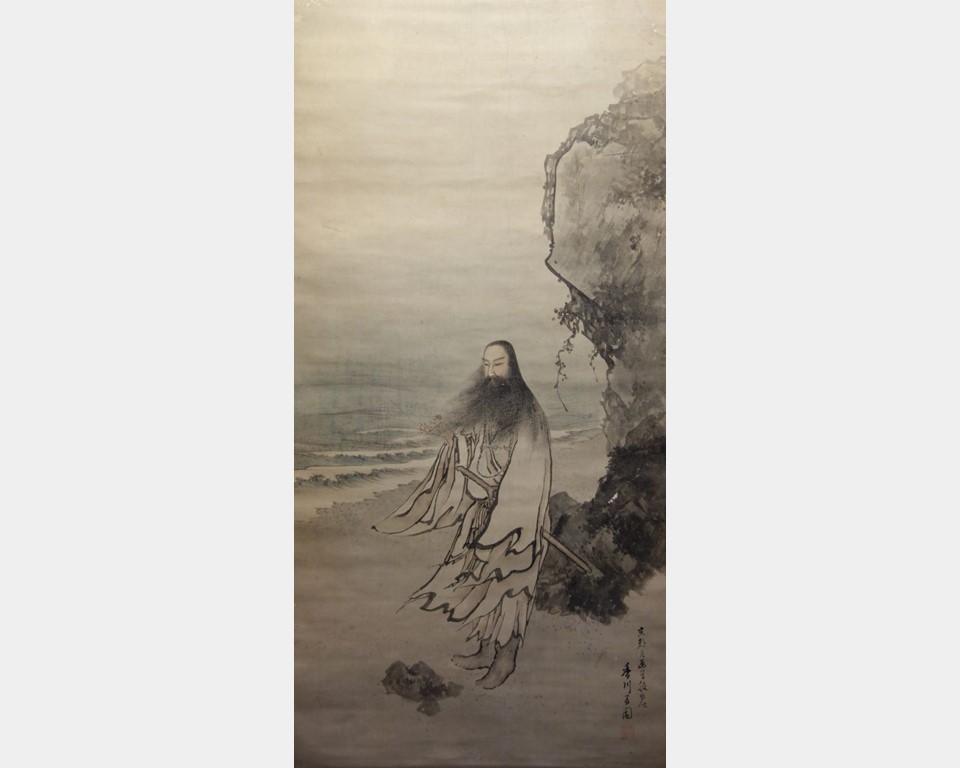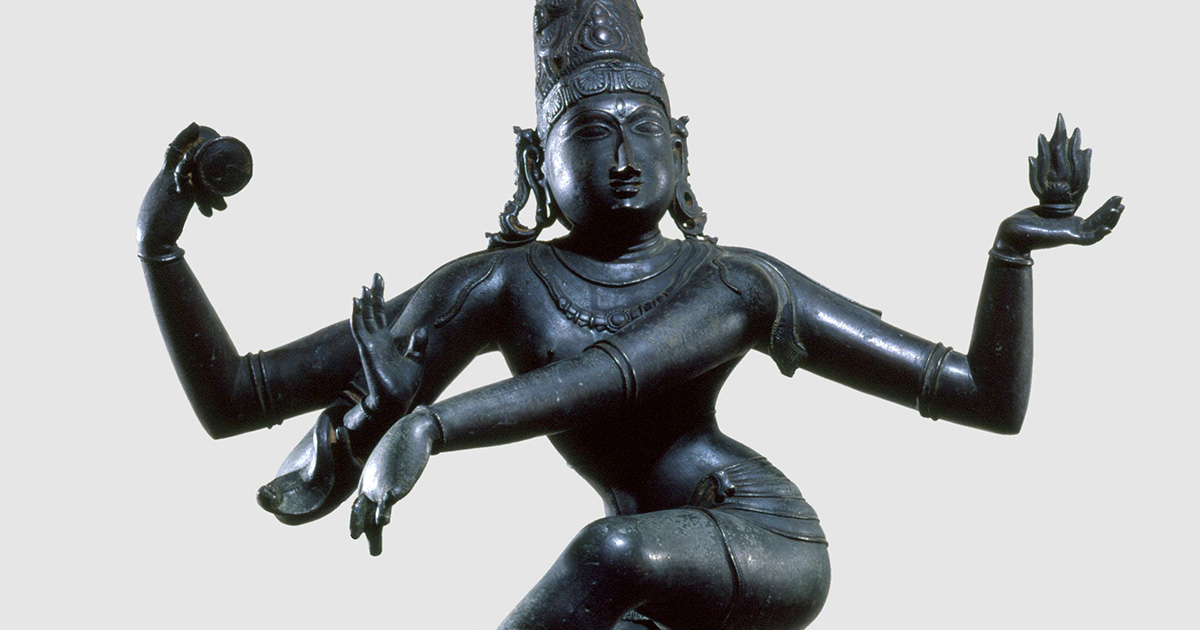- Events & Programs Home
- Calendar
- Accessibility
- Adults
-
Families & Teens
- Families & Teens Home
- 10x10 Teen Art Expo
- Art on the Rise
- Art Together: Art Making for Families with Children Ages 3–5
- Babies Sing with May Festival Minis
- Boy Scouts / Girl Scouts
- CAM Kids Day
- Family Storytime and Gallery Walk
- Family Studio: Art Making for Families with Children Ages 6–12
- Games in the Galleries
- Members-Only Baby Tours
- Public Baby Tours
- REC Reads
- Rosenthal Education Center (REC)
- Saturday Morning Art Class
- See Play Learn Kits
- Summer Camp
- Teachers
- Community Outreach
- Fundraisers
- Plan Your Own Event

- Events & Programs Home
- Calendar
- Accessibility
- Adults
-
Families & Teens
- Families & Teens Home
- 10x10 Teen Art Expo
- Art on the Rise
- Art Together: Art Making for Families with Children Ages 3–5
- Babies Sing with May Festival Minis
- Boy Scouts / Girl Scouts
- CAM Kids Day
- Family Storytime and Gallery Walk
- Family Studio: Art Making for Families with Children Ages 6–12
- Games in the Galleries
- Members-Only Baby Tours
- Public Baby Tours
- REC Reads
- Rosenthal Education Center (REC)
- Saturday Morning Art Class
- See Play Learn Kits
- Summer Camp
- Teachers
- Community Outreach
- Fundraisers
- Plan Your Own Event
Blog: CAM Uncovered
Blog: CAM Uncovered
- Home
- Plan Your Visit
- Art
-
Events & Programs
- Events & Programs Home
- Calendar
- Accessibility
- Adults
-
Families & Teens
- Families & Teens Home
- 10x10 Teen Art Expo
- Art on the Rise
- Art Together: Art Making for Families with Children Ages 3–5
- Babies Sing with May Festival Minis
- Boy Scouts / Girl Scouts
- CAM Kids Day
- Family Storytime and Gallery Walk
- Family Studio: Art Making for Families with Children Ages 6–12
- Games in the Galleries
- Members-Only Baby Tours
- Public Baby Tours
- REC Reads
- Rosenthal Education Center (REC)
- Saturday Morning Art Class
- See Play Learn Kits
- Summer Camp
- Teachers
- Community Outreach
- Fundraisers
- Plan Your Own Event
- Give & Join
- About
- Tickets
- Calendar
- Exhibitions
- Collections
- Blog
- Shop
Gifts from Japan
by Hou-mei Sung, Ph.D, 宋后楣 Curator of East Asian Art
6/5/2025
East Asian Art , Japanese Art , painting
This summer, the East Asian department is awaiting the arrival of an important gift of 40 Japanese paintings from Dr. Toshihide Hirose, an orthodontist in Hirosaki, Aomori prefecture, Japan. Dr. Hirose is an old friend who I first met online in 2009 when I was researching the mysterious origins of CAM’s two suits of Japanese armor. My investigation led me to discover that the museum purchased both suits in 1892 from Dr. Adeline Kelsey (1844–1931), a medical missionary and English teacher. Dr. Kelsey sold the suits to fund the medical education of Kaku Sudo (1869–1963) and Hana Abe (1873–1922), two young girls she met while working in Japan. During my research, I came across Dr. Hirose’s blog post on Sudo, who became a legendary pioneer female doctor from Dr. Hirose’s hometown. I have since kept in touch and visited Dr. Hirose in Japan.
In addition to researching local history and participating in local art activities, Dr. Hirose has avidly collected Japanese paintings since 2007. He focuses mainly on masterpieces of the less recognized yet highly accomplished painters from the late Meiji (1868–1912) to early Shōwa eras (1926–1989).
After his recent retirement, Dr. Hirose decided to share the paintings from his personal collection with CAM. This gift not only extends the museum’s holdings of Japanese paintings into the twentieth century, but also greatly enriches our East Asian collection’s cultural contents through the many unique subjects explored during this pivotal time in Japanese art history.
Related Blog Posts


Cincinnati, OH 45202
Toll Free: 1 (877) 472-4226
Museum Hours
Museum Shop
Terrace Café
Library
Cincinnati Art Museum is supported by the tens of thousands of people who give generously to the annual ArtsWave Campaign, the region's primary source for arts funding.

Free general admission to the Cincinnati Art Museum is made possible by a gift from the Rosenthal Family Foundation. Exhibition pricing may vary. Parking at the Cincinnati Art Museum is free.
Generous support for our extended Thursday hours is provided by Art Bridges Foundation’s Access for All program.

General operating support provided by:






